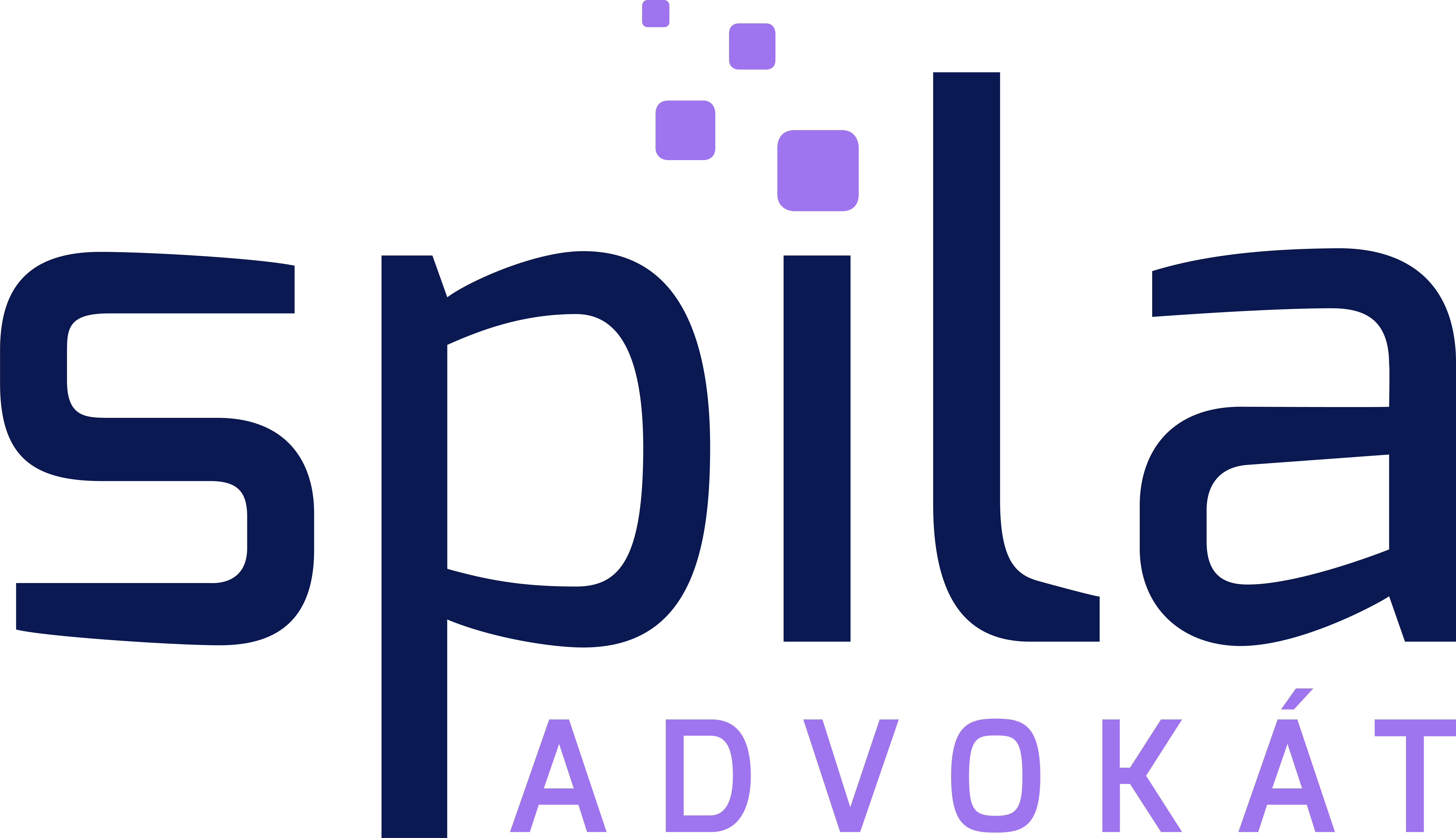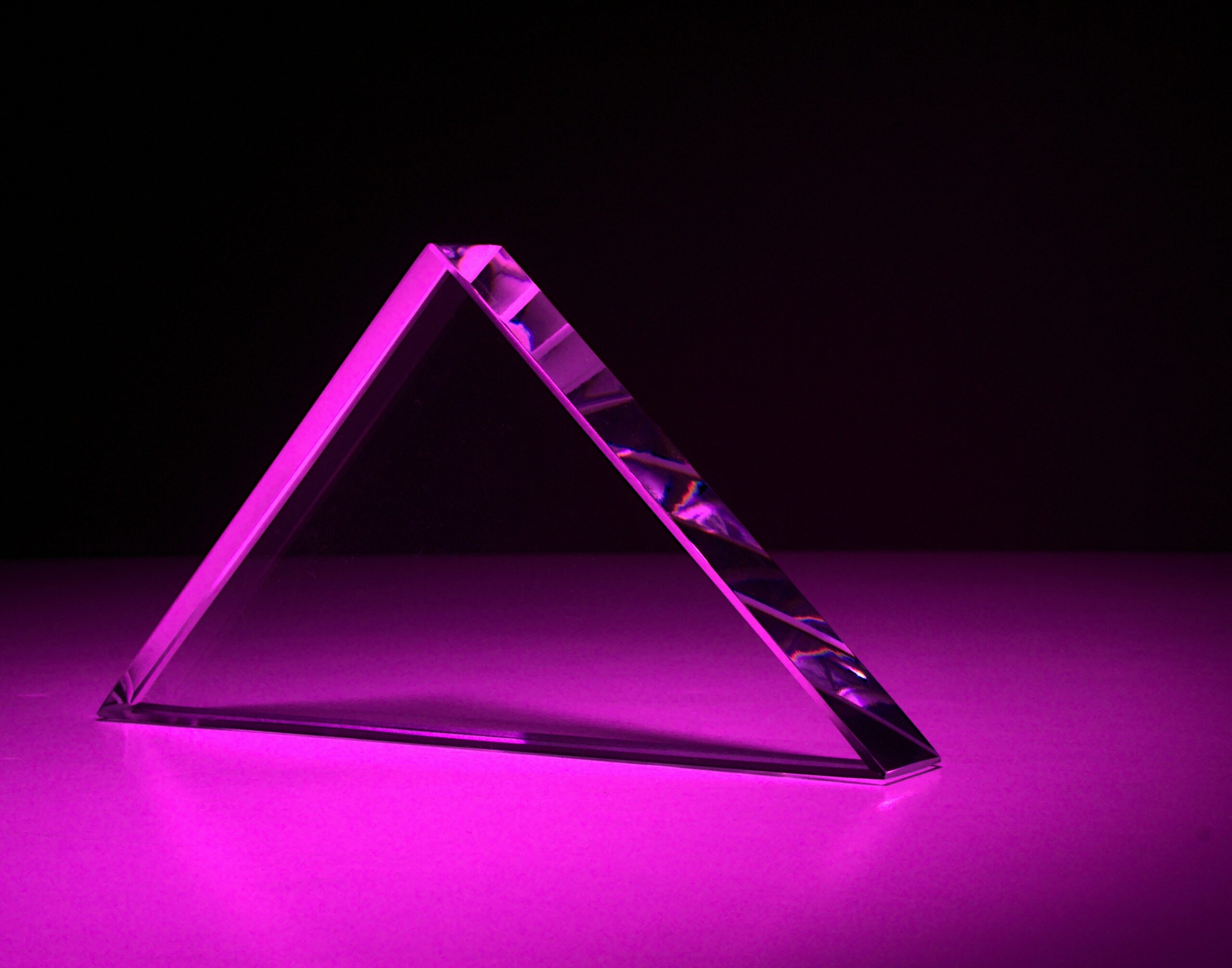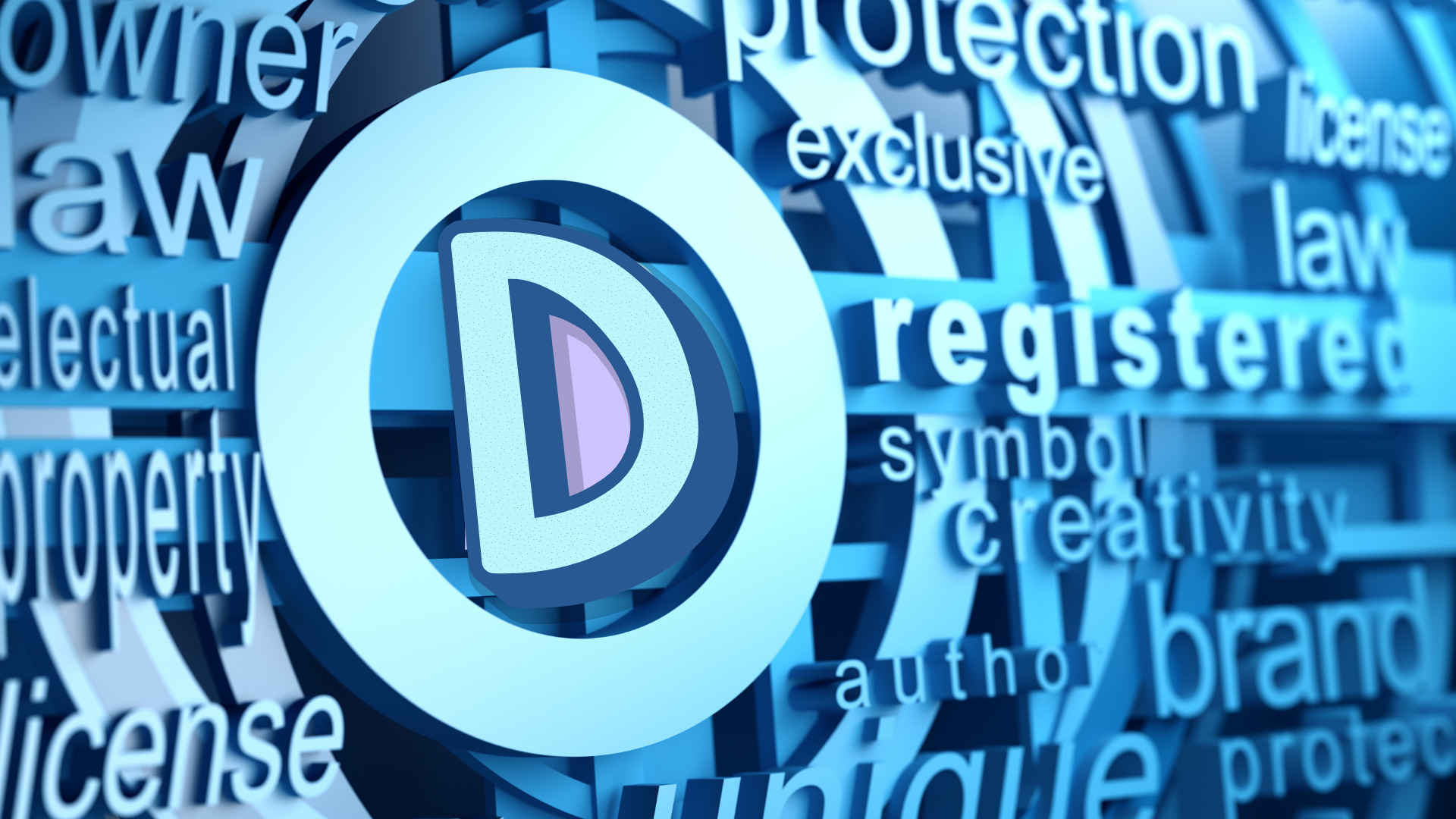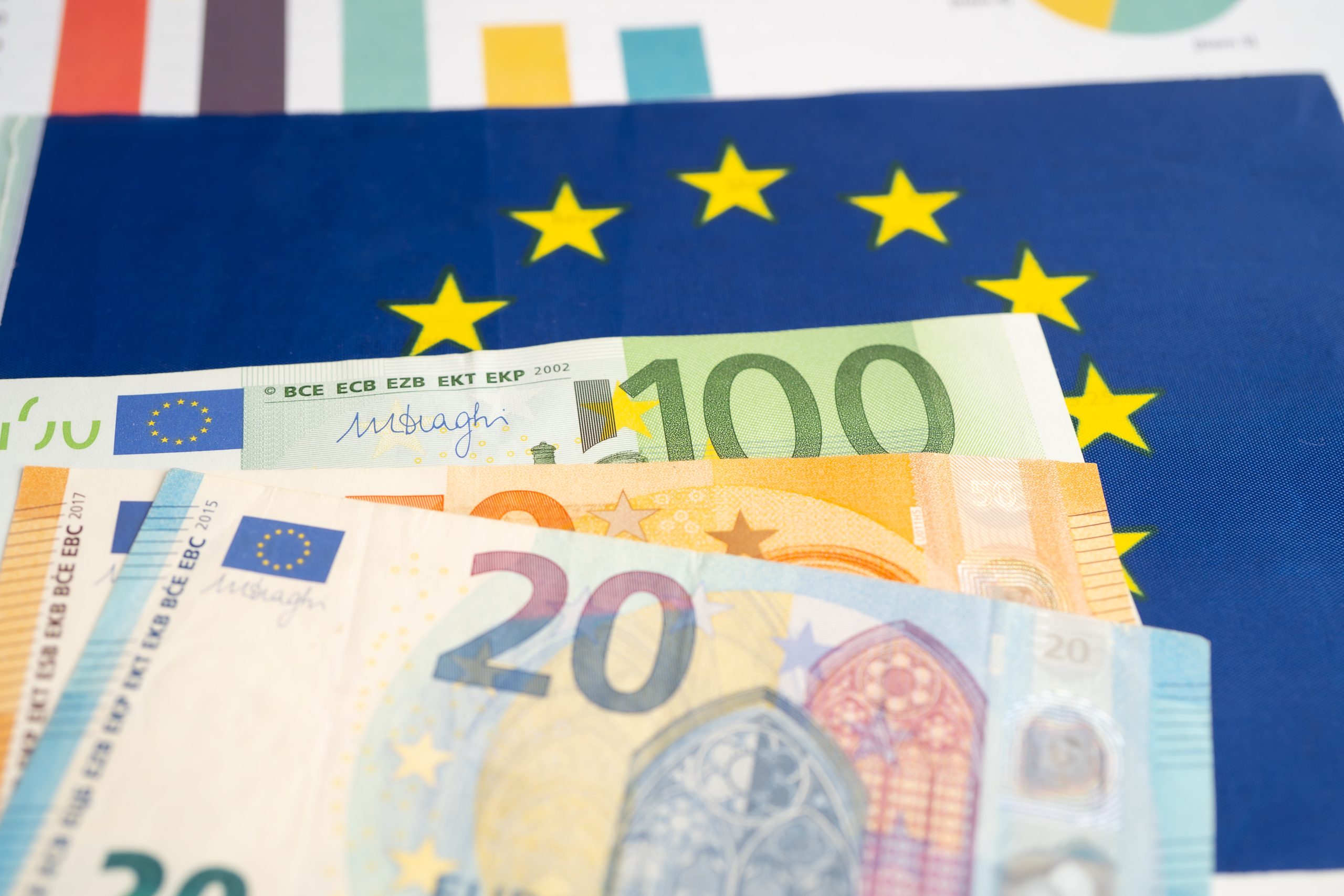Design Licensing: Maximizing Potential
Design licensing and collaboration offer significant opportunities for businesses to leverage their creative assets, expand their reach, and generate additional revenue streams. From licensing agreements that allow others to use designs to collaborations that bring together the expertise of multiple parties, these strategies can be powerful tools for maximizing the potential of design assets. In this article, we explore the benefits and legal considerations of design licensing and collaboration from an intellectual property law perspective, providing insights into how businesses can effectively navigate these avenues to achieve their goals.
Understanding Design Licensing and Collaboration
Design licensing involves granting permission to third parties to use or reproduce specific designs in exchange for royalties or licensing fees. Collaboration, on the other hand, entails joining forces with other individuals or entities to jointly create or develop designs. We delve into the definitions and nuances of design licensing and collaboration, highlighting their respective advantages and potential outcomes.
The Benefits of Design Licensing
Design licensing offers several benefits to both licensors and licensees. We discuss how licensors can generate additional revenue streams, expand market reach, and increase brand exposure through licensing agreements. For licensees, licensing provides access to high-quality designs, allows for product diversification, and minimizes design and development costs. We explore how licensing can be a win-win situation for all parties involved.
Legal Considerations in Design Licensing
From an intellectual property law perspective, licensing involves legal considerations that must be carefully addressed. We discuss key legal aspects, including ownership and rights clearance, drafting robust licensing agreements, defining the scope of permitted use, ensuring proper attribution, and addressing issues related to exclusivity and territorial restrictions. Understanding these legal considerations is essential for protecting the rights of both licensors and licensees.
Maximizing Collaboration Opportunities
Collaboration can unlock new possibilities and synergies in the creative process. We explore the potential benefits of design collaboration, including the pooling of resources and expertise, shared risks and rewards, enhanced creativity, and accelerated innovation. We highlight how collaborations can lead to the creation of unique and market-disrupting designs.
Intellectual Property Considerations in Design Collaboration
In design collaborations, intellectual property ownership and rights can be complex. We discuss the importance of addressing intellectual property ownership, including copyright and design rights, in collaboration agreements. Clear agreements regarding ownership, licensing, attribution, and usage rights can help avoid conflicts and ensure a smooth collaborative process.
Protecting Intellectual Property in Licensing and Collaboration
Intellectual property protection is crucial in design licensing and collaboration. We explore strategies for protecting design assets, such as registering designs, trademarks, and copyrights, and incorporating confidentiality and non-disclosure provisions in licensing and collaboration agreements. An understanding of intellectual property law can help businesses safeguard their creative assets and ensure the success of licensing and collaboration ventures.
Negotiating Licensing and Collaboration Agreements
Negotiating licensing and collaboration agreements requires careful consideration of various factors. We discuss essential elements of these agreements, including terms of use, compensation structures, dispute resolution mechanisms, termination clauses, and the duration of the agreement. Proper negotiation and drafting can lead to mutually beneficial arrangements and minimize the potential for disputes.
Monitoring and Enforcing Licensing and Collaboration Agreements
Monitoring and enforcing licensing and collaboration agreements are critical for maintaining the integrity of the arrangement and protecting the interests of all parties involved. We address the importance of proactive monitoring, regular communication, and effective dispute resolution mechanisms. In cases of non-compliance or breaches, appropriate legal actions can be taken to protect intellectual property rights and ensure compliance with the agreement.
Záver
Design licensing and collaboration present significant opportunities for businesses to maximize the potential of their design assets. By understanding the legal considerations, protecting intellectual property rights, and engaging in effective negotiation and drafting, businesses can harness the power of licensing and collaboration to generate additional revenue, expand market reach, and foster innovation. Properly executed licensing and collaboration agreements can lead to mutually beneficial outcomes, allowing businesses to thrive in the competitive landscape of design and creativity.






